A Simple Guide to Reverse Charge Mechanism

Determining what taxable person is responsible for charging, collecting, and remitting VAT to the treasury is one of the critical questions regarding the applicability of indirect tax rules in the respective transaction. Generally, the VAT system requires the supplier to collect and remit tax to the tax authorities. However, this traditional method was ineffective enough and showed inadequacy in combating VAT fraud, particularly in cross-border transactions.
The European Union (EU) introduced the reverse charge mechanism (RCM) in 1993. The tax reform aimed to reduce tax fraud and evasion. The RCM shifts the responsibility of VAT reporting from the supplier to the buyer.
Later, the VAT Directive 2006/112/EC (EU VAT Directive) consolidated and updated the rules, providing a more comprehensive legal framework for VAT, including reverse charge mechanisms.
However, it's important to note that the reverse charge mechanism is not limited to the EU. Other countries like Australia, India, and Canada have similar concepts. Some non-EU countries, although not bound by EU regulations, often implement similar mechanisms to streamline their VAT processes and enhance compliance.
This simple guide to the reverse charge mechanism explains how RCM works within the EU and provides additional information on concepts outside the EU.
How Does the Reverse Charge Mechanism Work?
Understanding how the reverse charge mechanism works is vital to VAT compliance. It simply shifts the responsibility of collecting and paying the VAT from supplier to buyer and applies only to business-to-business (B2B) transactions. The EU VAT Directive further breaks it down into two types:
Intra-community supplies
Domestic transactions
Intra-community supplies
Intra-community supplies cover transactions where goods or services are supplied by a business based in a different Member State from the Member State where the buyer is located. In this situation, and under RCM, there is a shift related to VAT duty, i.e., the reporting duty is passed from supplier to buyer.
Regarding the supply of goods and services, the supplier issues an invoice to the buyer without charging VAT. The invoice must include a note indicating that the reverse charge applies and stating both the supplier’s and buyer’s VAT identification numbers. The buyer records input and output VAT in the same VAT return.
Domestic transactions
While the EU imposes the reverse charge mechanism on intra-community supplies, EU Member States can define rules regarding RCM on domestic goods and services in their national jurisdictions. If they decide to do so, this mechanism mainly applies to industries prone to VAT evasion, such as construction, telecommunications, and certain financial services.
EU Imports
RCM rules also apply to the import of goods into the EU. The VAT on goods imported into the EU is typically paid at the point of importation. However, the reverse charge mechanism allows the importer to account for the VAT due later. When goods arrive at the EU border, the importer must declare them to customs and indicate that they will use the reverse charge mechanism if applicable.
Reverse Charge Mechanism Outside the EU
This guide to the reverse charge mechanism focuses mainly on EU rules. However, as stated in the introduction, many other countries outside the EU have concepts similar to this EU RCM. Some of them, such as Switzerland, decided to implement rules identical to those in the EU on most VAT matters to create a better business environment, reduce evasion, and ensure efficient tax administration.
After Brexit, the UK continued to use the reverse charge mechanism for certain transactions, maintaining VAT procedures similar to those in the EU. It is important to note that Northern Ireland follows the Northern Ireland Protocol. However, part of the UK is treated as an EU Member State regarding VAT on goods, and EU RCM rules are applicable.
Countries like Australia and India do not have VAT but a Goods and Services Tax (GST), and their tax systems include RCM provisions, primarily for imported services and digital products. Canada's GST and Harmonized Sales Tax (HST) systems have RCM rules, especially for imported services and intangibles.
Conclusion
Compliance with the reverse charge mechanism requires businesses to meticulously track and account for transactions subject to this VAT accounting procedure. Businesses must ensure they correctly identify transactions under RCM rules that shift responsibility for reporting VAT from the supplier to the buyer.
The development of up-to-date compliance control tools is essential for reducing the possibility of law infringement. The reverse charge mechanism is implemented and applied differently across regions, complicating tax compliance for cross-border operating businesses.
An internal tax team is a reliable solution if the cross-border operating firm can afford it. This relevant tax compliance duty should be transferred to a credible tax compliance partner when this isn't an option.

Featured Insights

Angola’s E-Invoicing Mandate: Phased Implementation Continues Into 2026
🕝 December 10, 2025
VAT Deduction and Business Succession: When Do Advisory Costs Serve the Company’s Interest?
🕝 December 8, 2025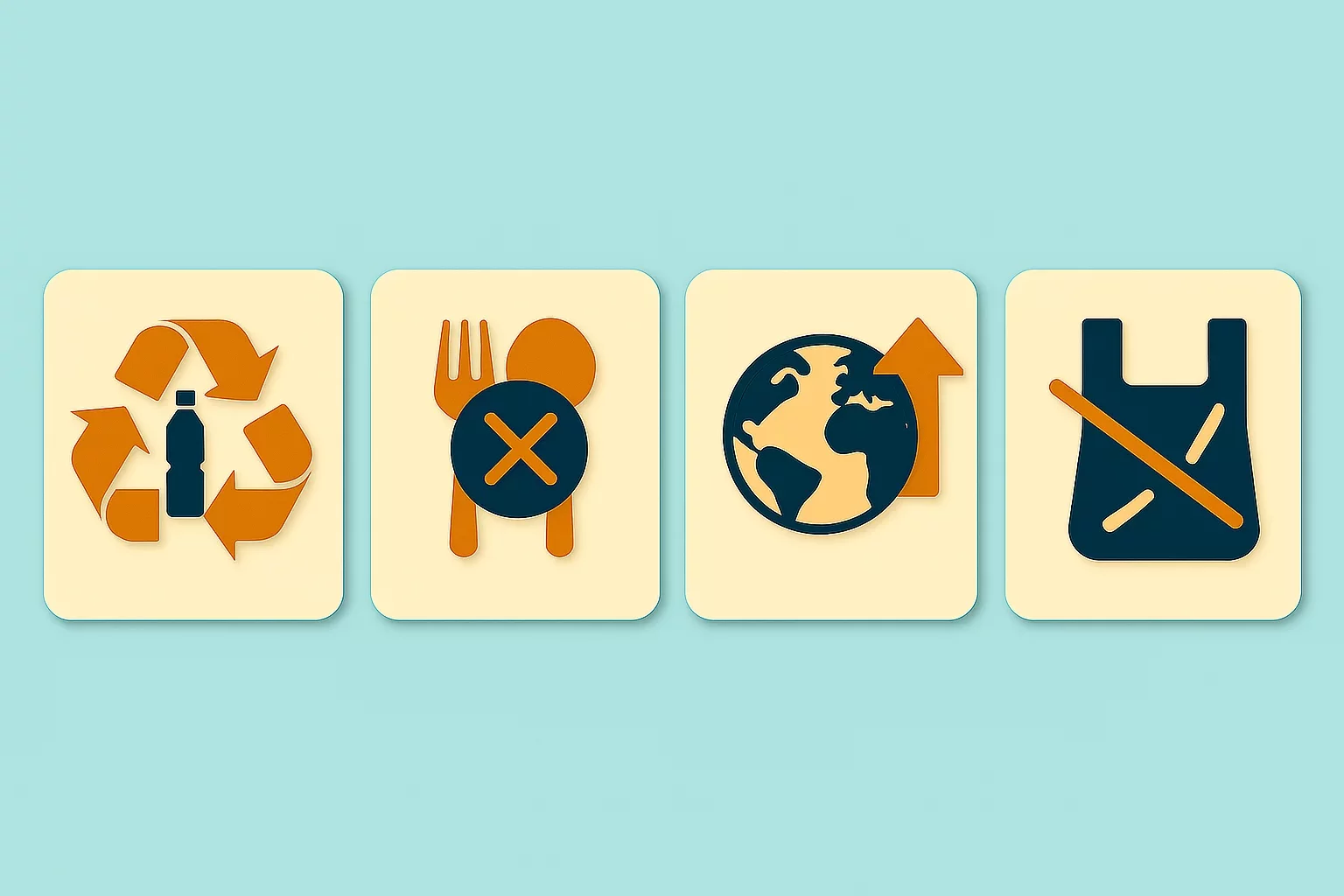
Europe’s Plastic Fiscal Shift: Why Italy’s Plastic Tax Now Starts in 2027
🕝 December 3, 2025
The Decline of Low-Value Import Exemptions: Closing Gaps in Cross-Border E-Commerce
🕝 November 20, 2025More News from Europe
Get real-time updates and developments from around the world, keeping you informed and prepared.
-e9lcpxl5nq.webp)

-7acdre0hop.webp)

-lcgcyghaer.webp)
-ol6mdkdowg.webp)
-aqdwtmzhkd.webp)

-njgdvdxe2u.webp)
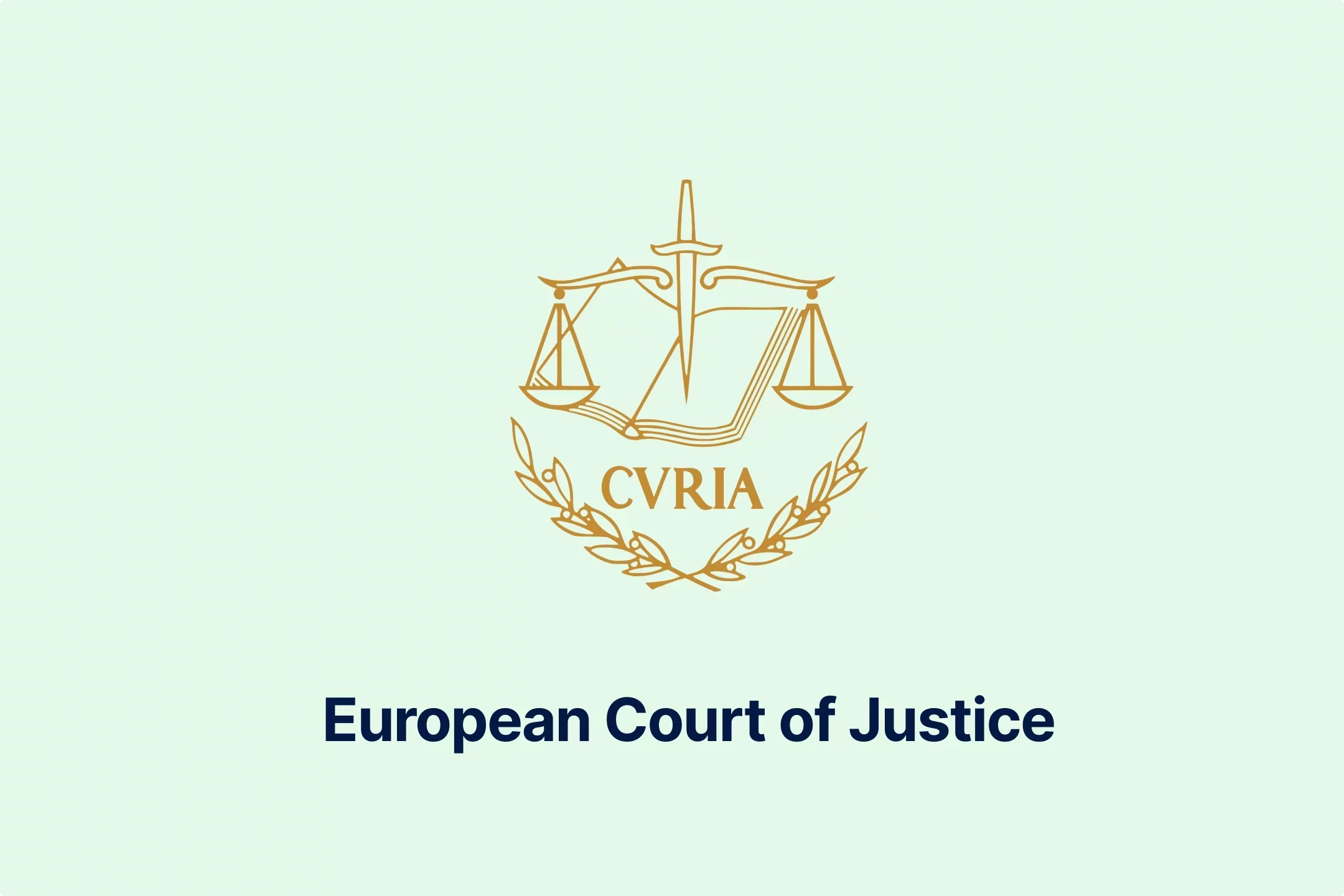


-i6rki3jbad.webp)
-hdwgtama05.webp)

-atbhy5fyxv.webp)




-zp2n6zixoa.webp)
-oa1ynbm4sn.webp)

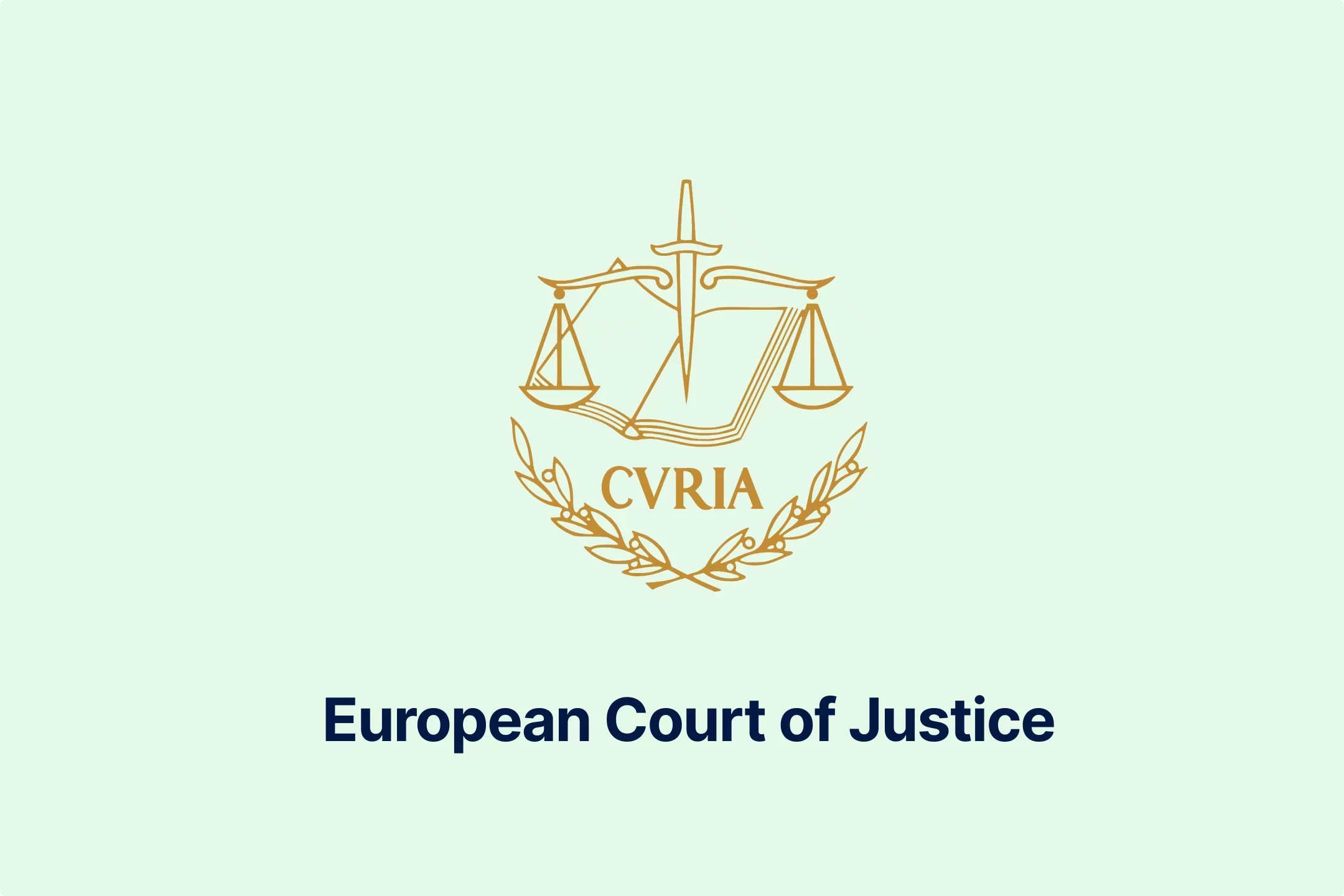
-lltkno6txy.webp)


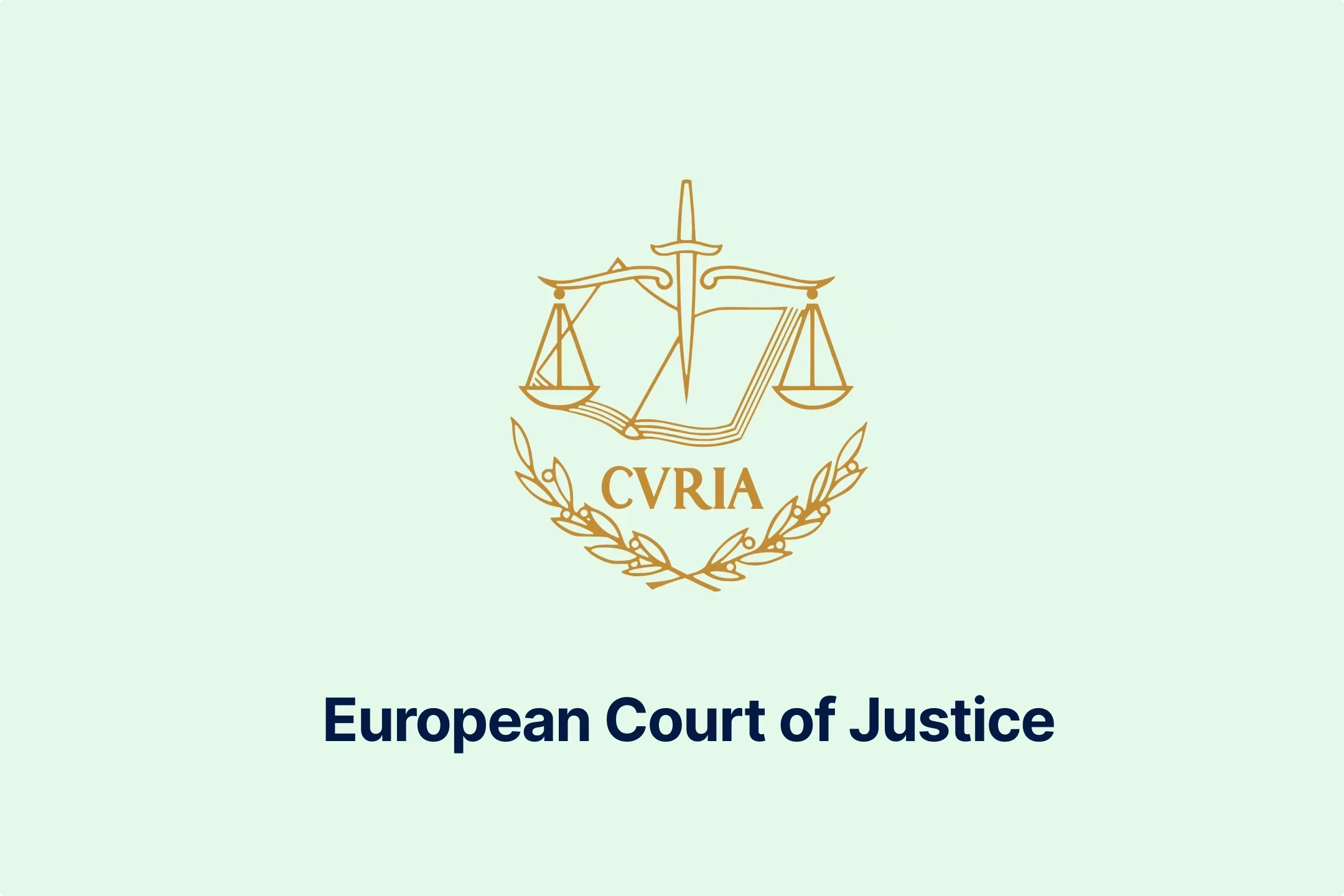
-do38odrqnq.webp)

-t409oldqzt.webp)
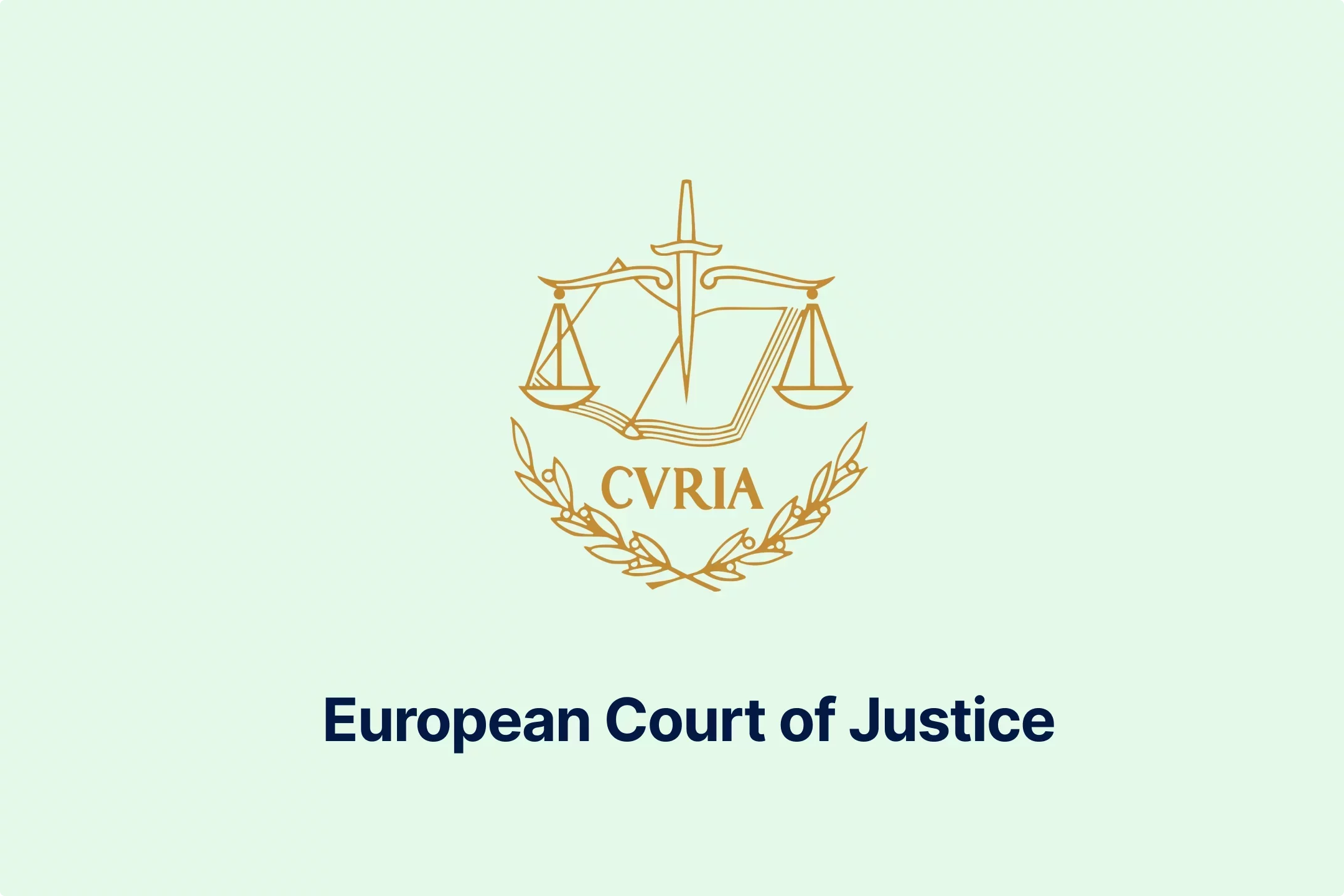
-hordopb6xh.webp)

-ooimnrbete.webp)

-lwb5qpsily.webp)


-eumafizrhm.webp)
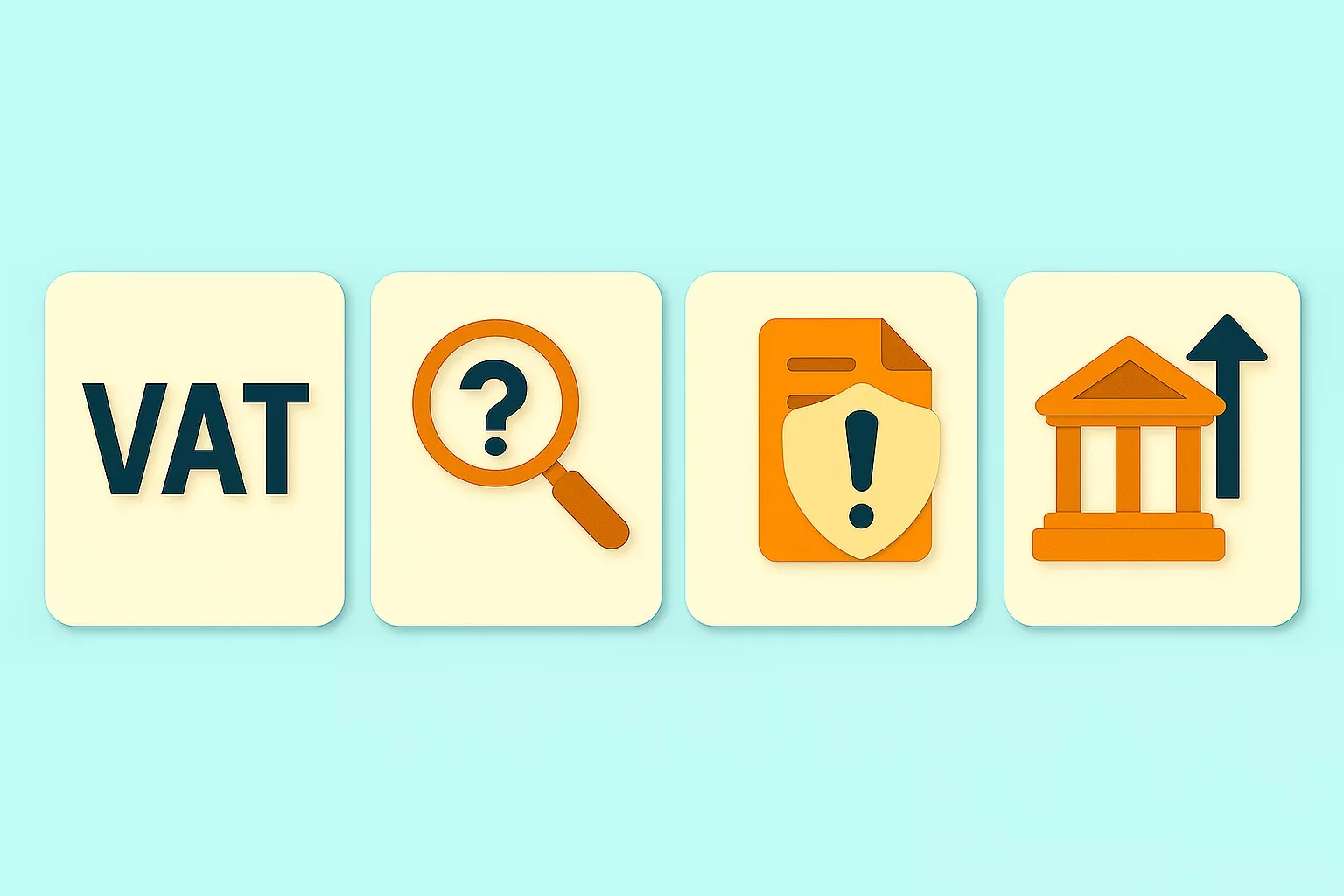
-mtqp3va9gb.webp)
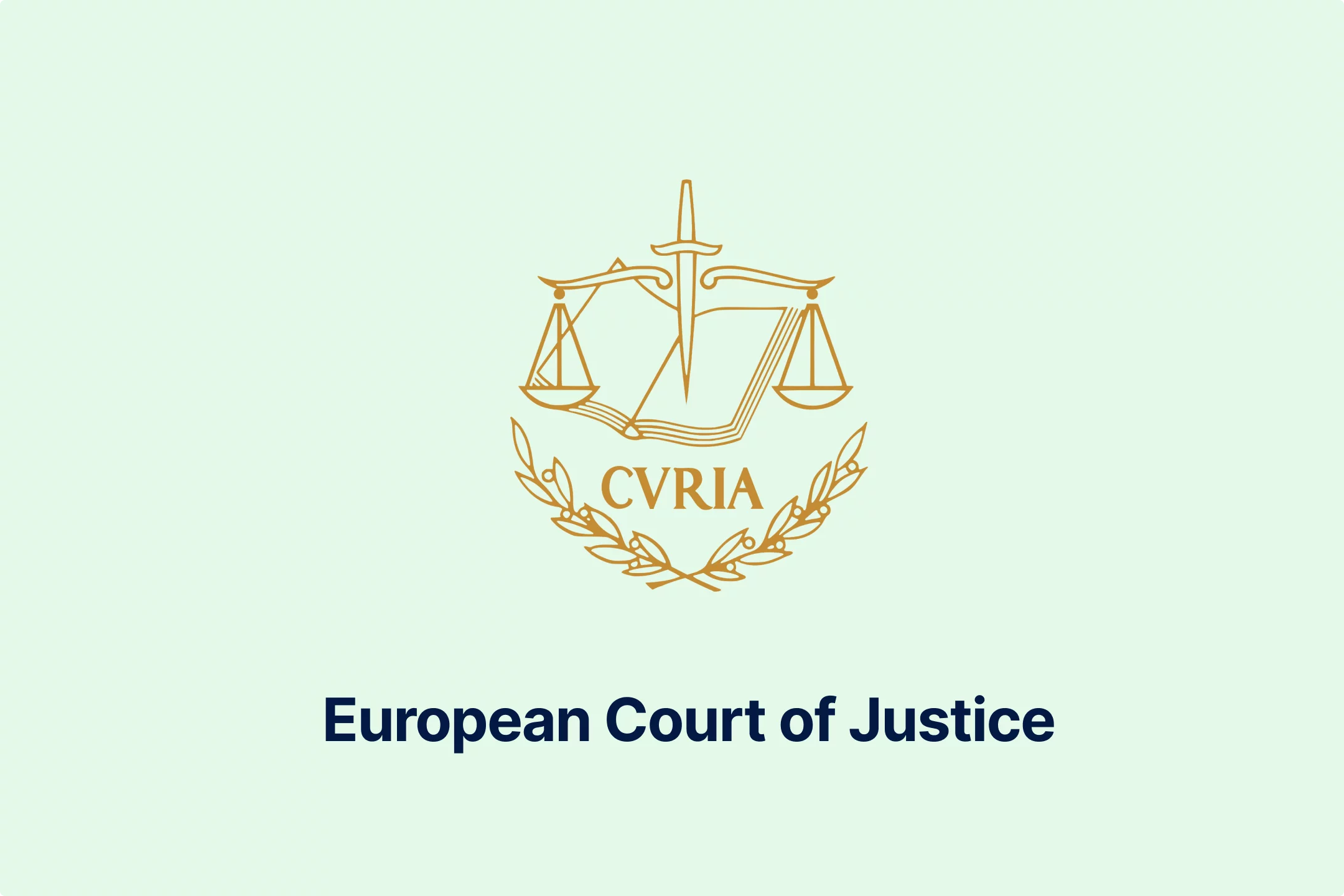
-3ewrn1yvfa.webp)
-591j35flz2.webp)
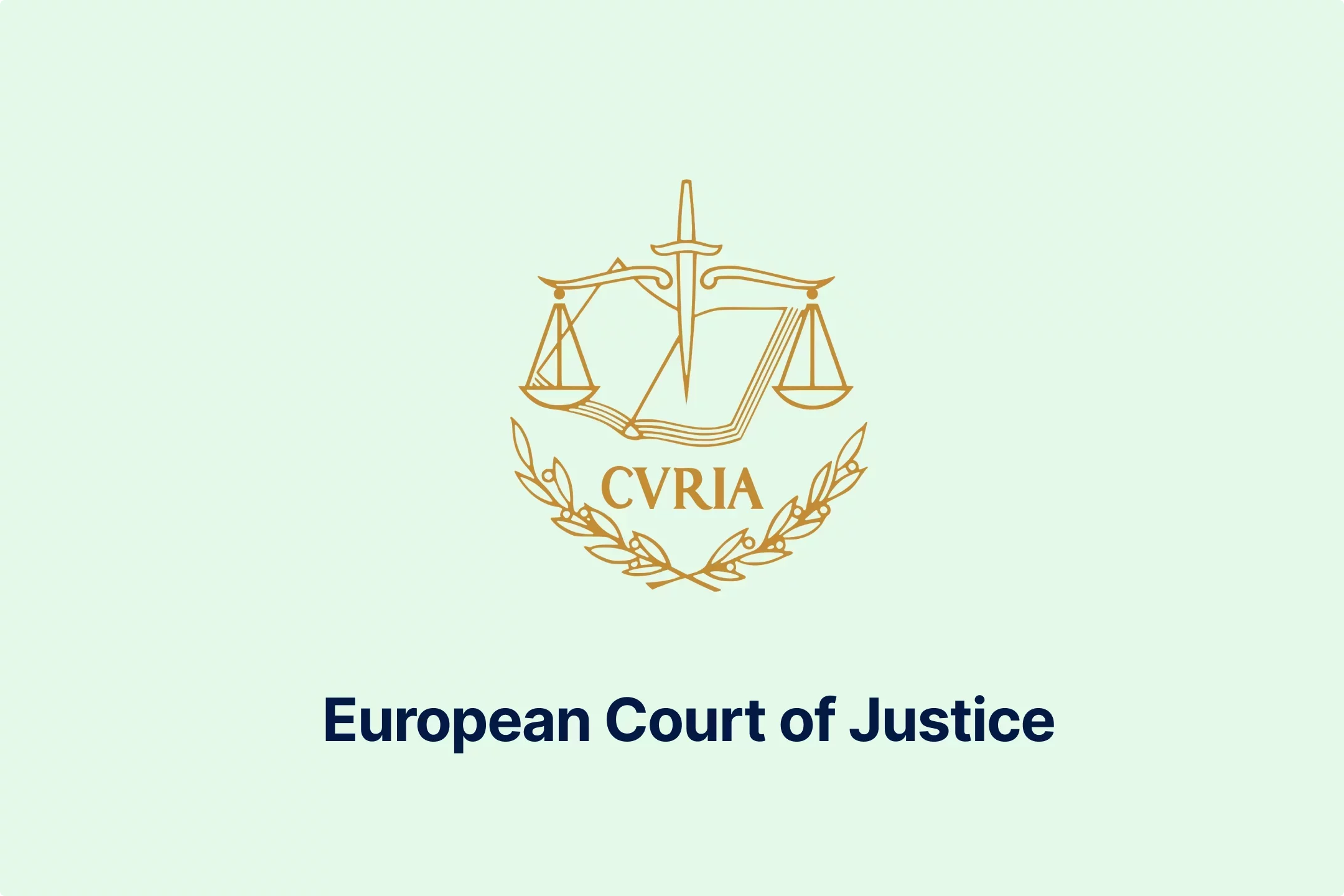
-huj3cam1de.webp)


-hafis0ii23.webp)

-qseaw5zmcy.webp)
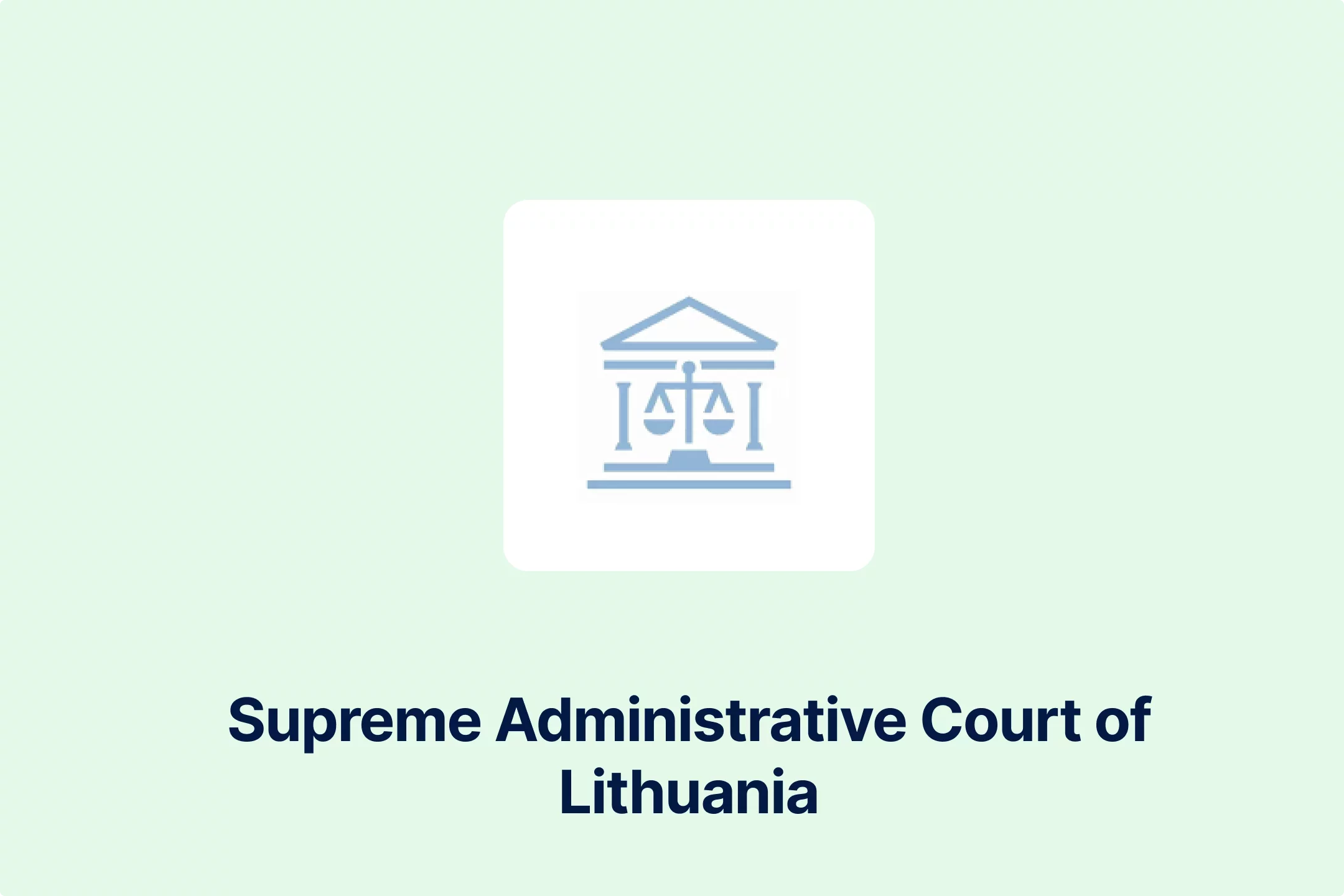


-qzsah2ifqx.webp)


-69rzooghib.webp)
-wrvng98m0g.webp)
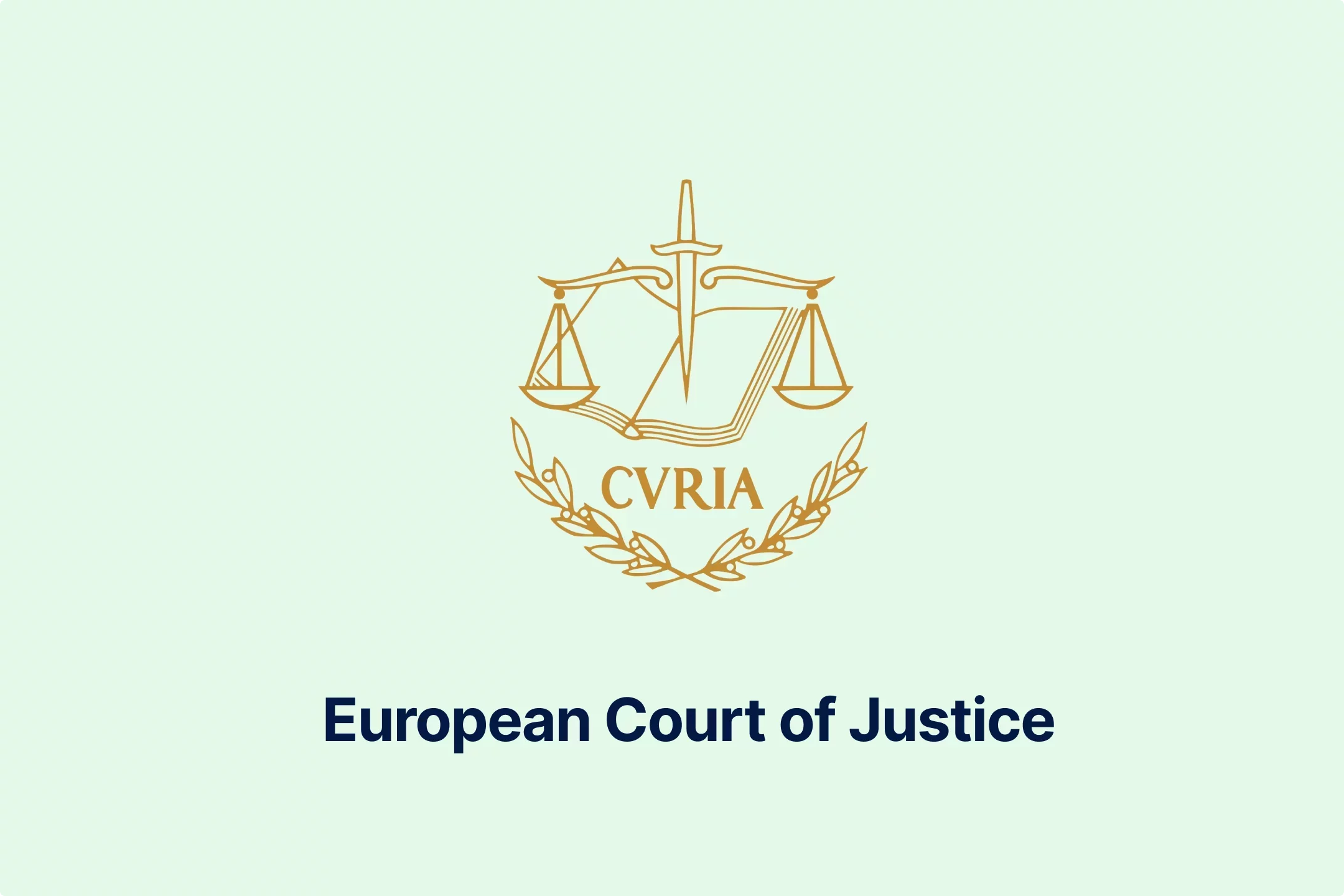
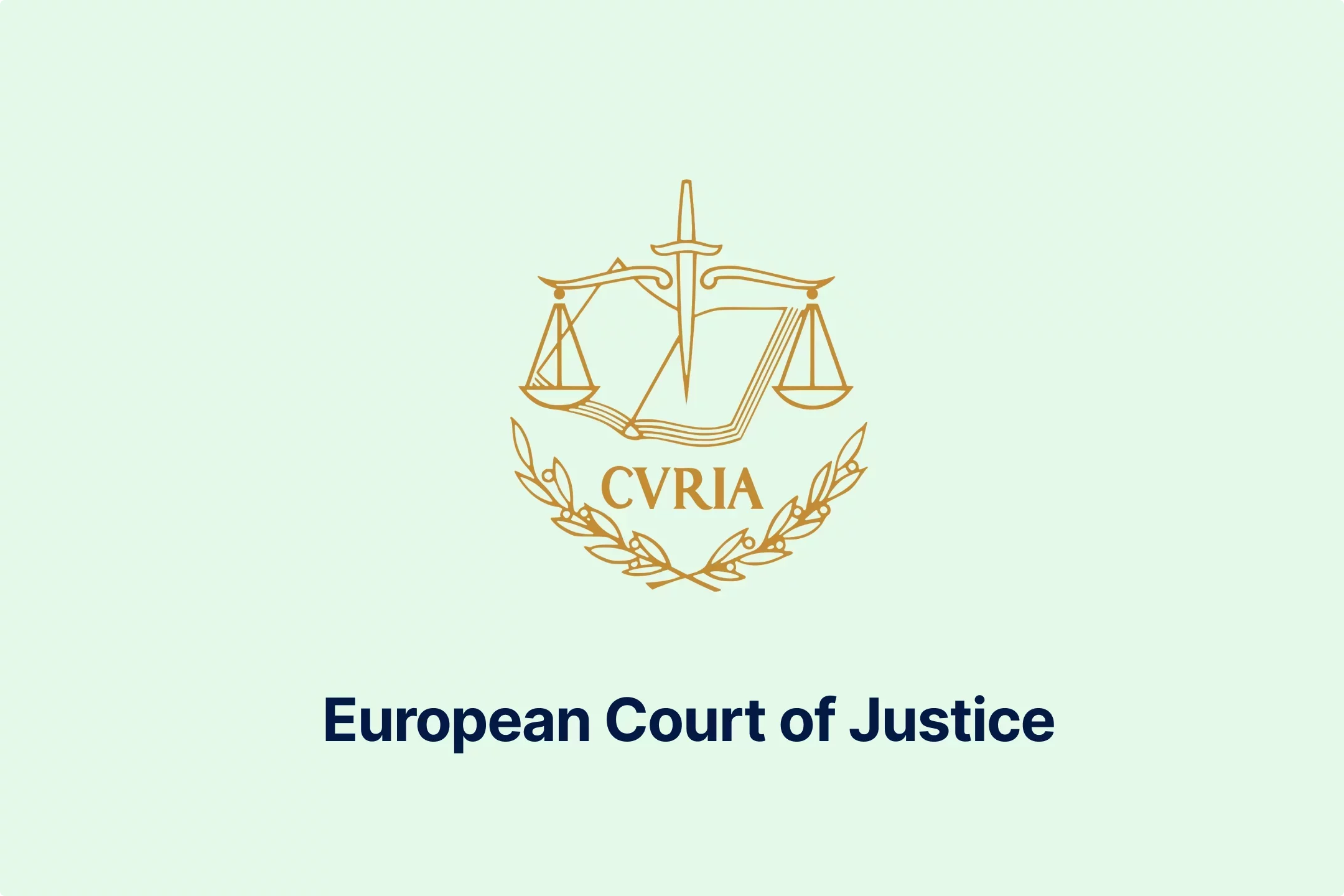
-psucycuxh2.webp)
-klyo8bn5lc.webp)



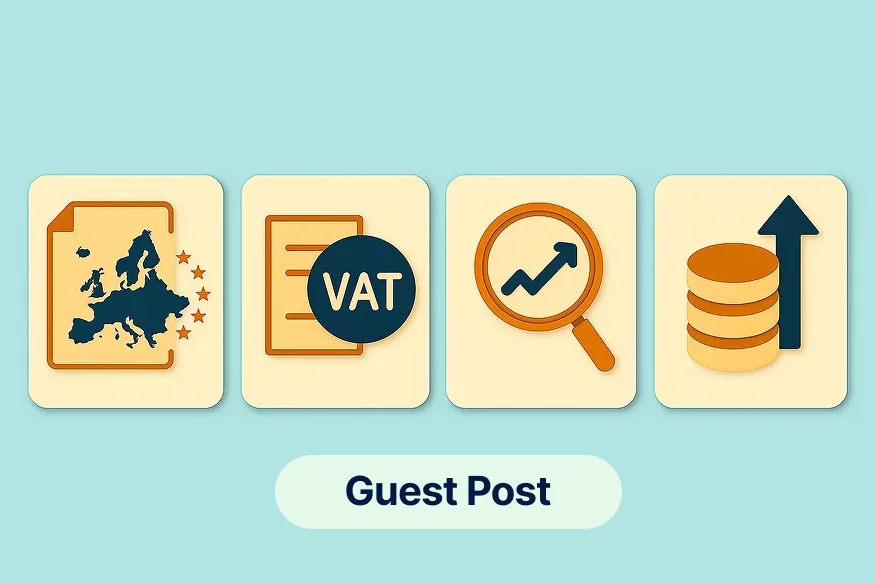
-6wv5h5eyyd.webp)
-tfgg78rbid.webp)
-a6jpv9ny8v.webp)
-qhdbapy0qr.webp)
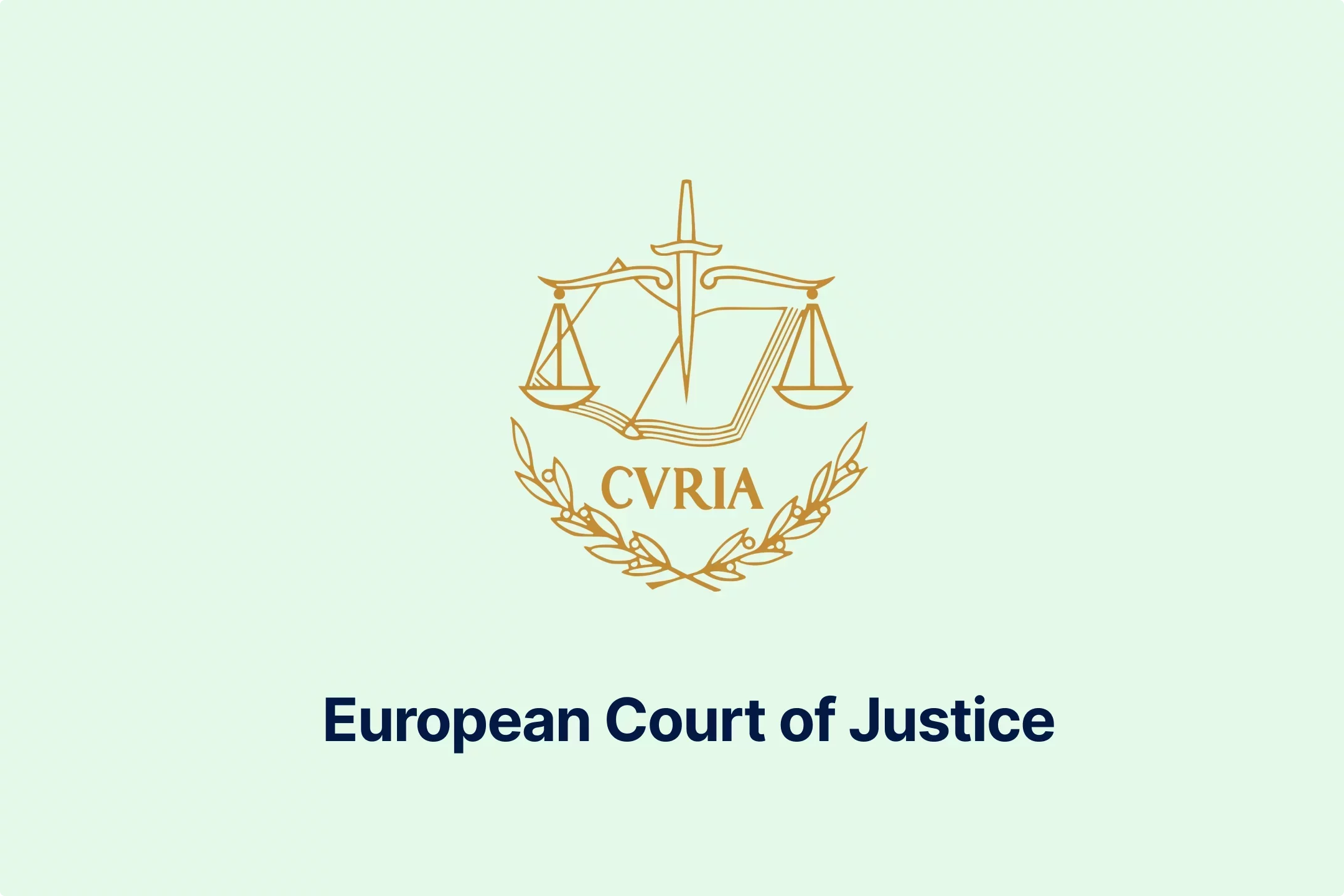

-owvu7zoc13.webp)

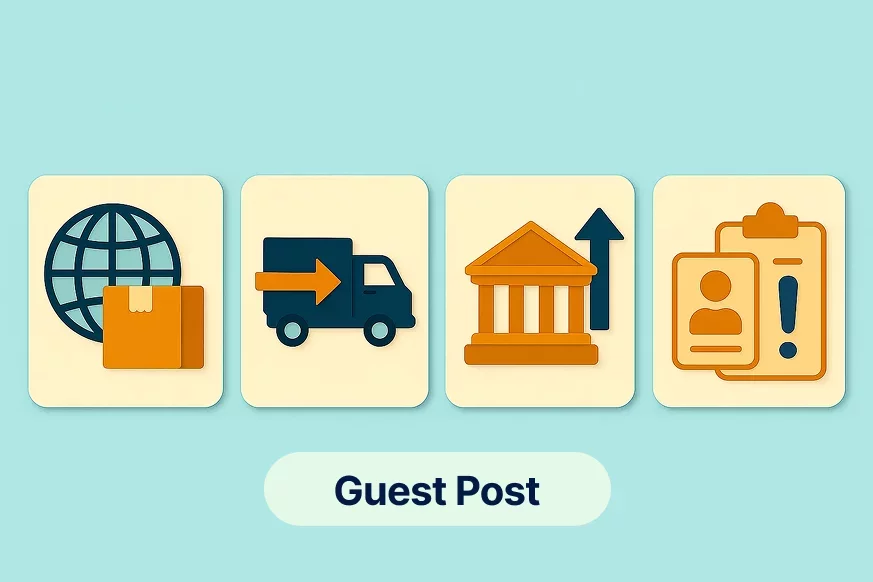
-h28jrh1ukm.webp)
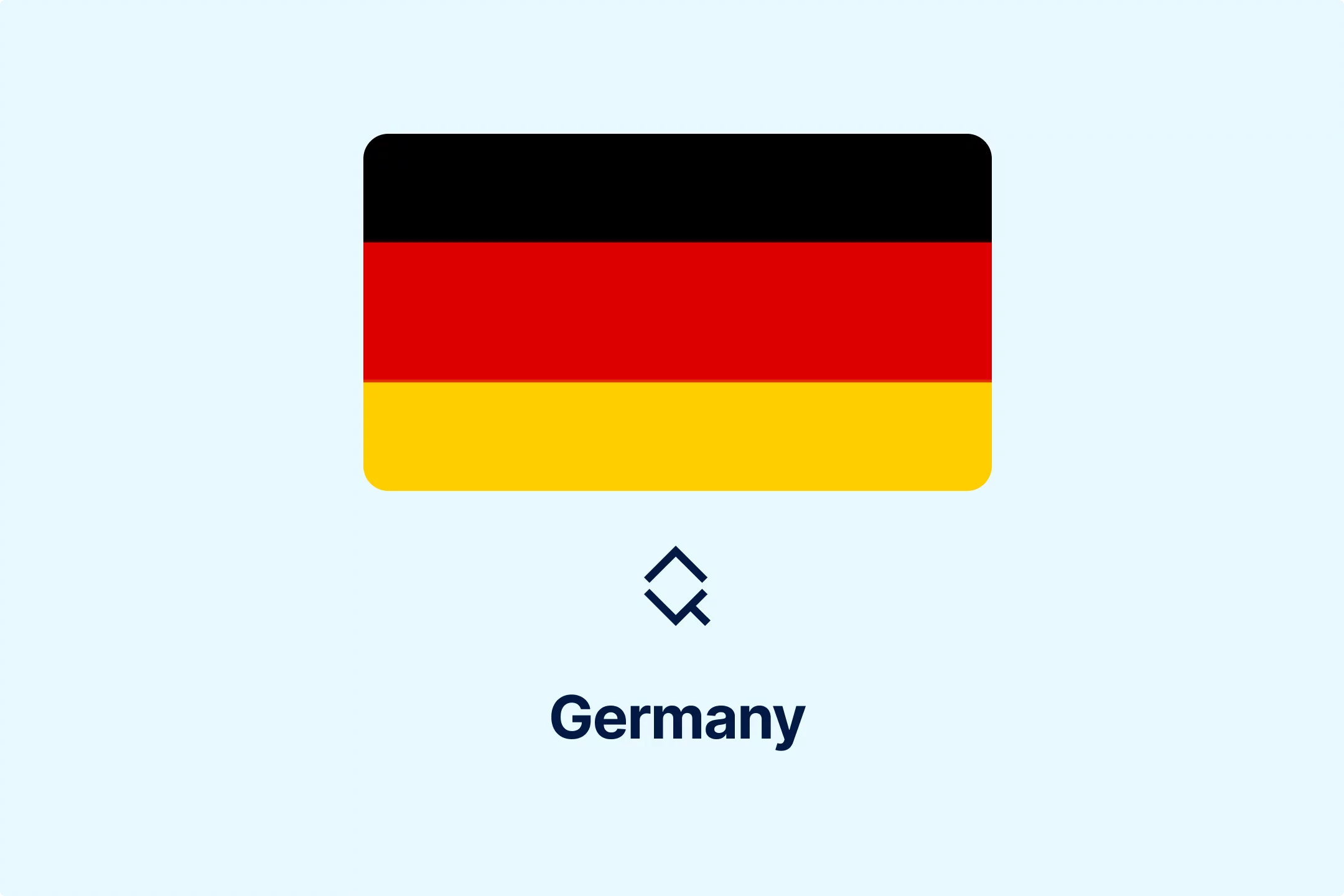
-wl9bl1rw3a.webp)
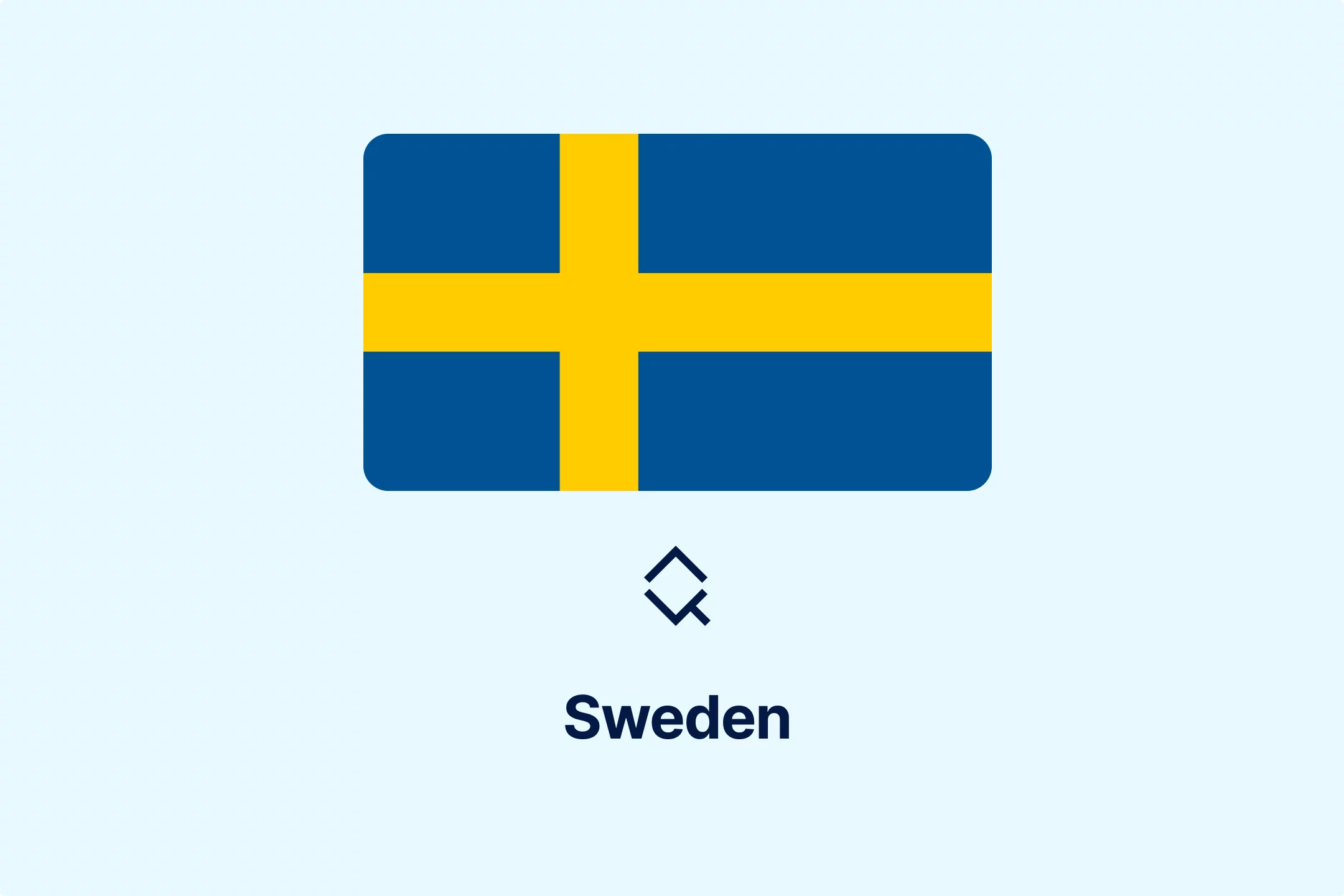
-2w76jtvtuk.webp)

-c0uvrmrq9j.webp)

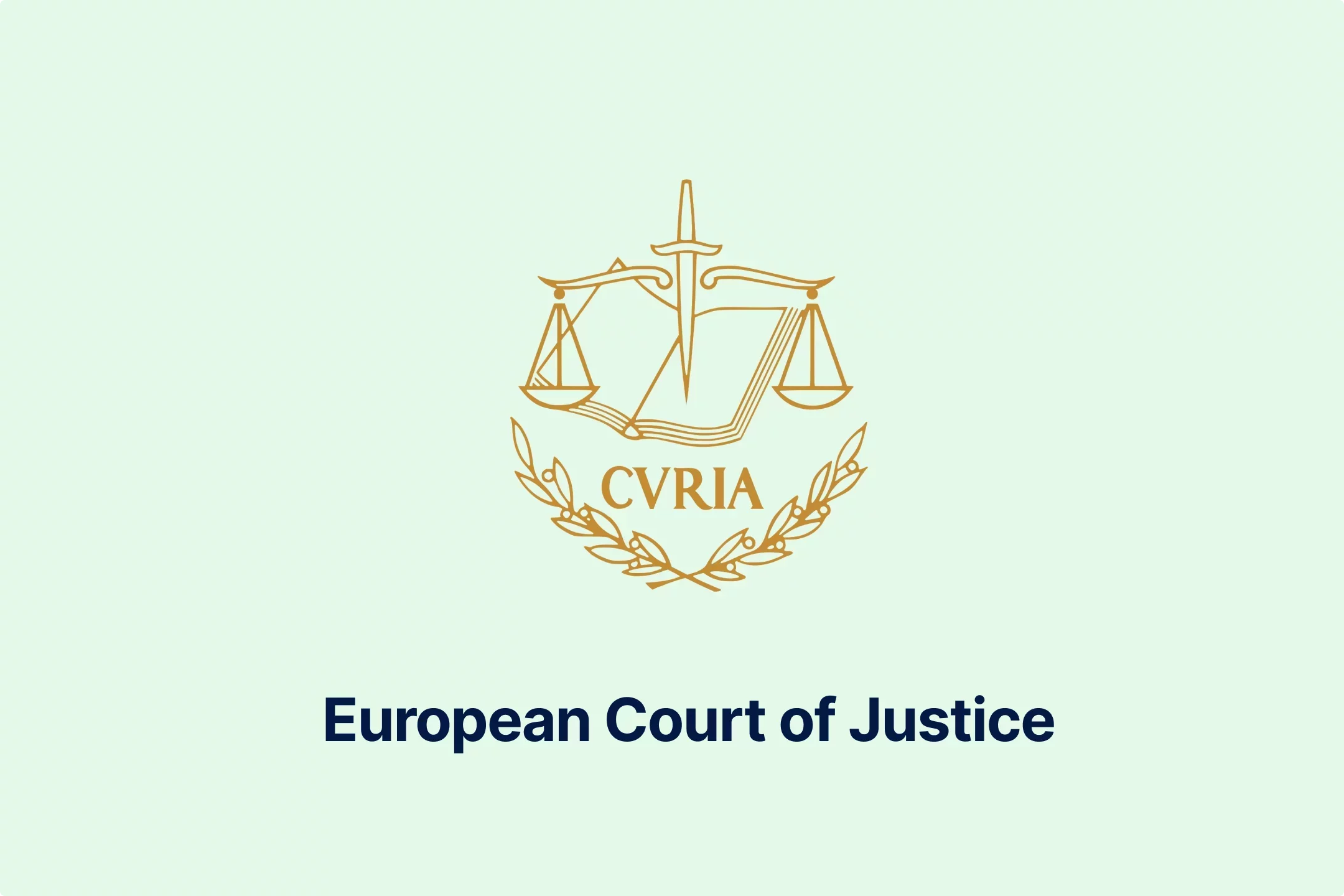

-pofe7ucwz3.webp)



-5cc23ezxyf.webp)
-rrmabbekeb.webp)
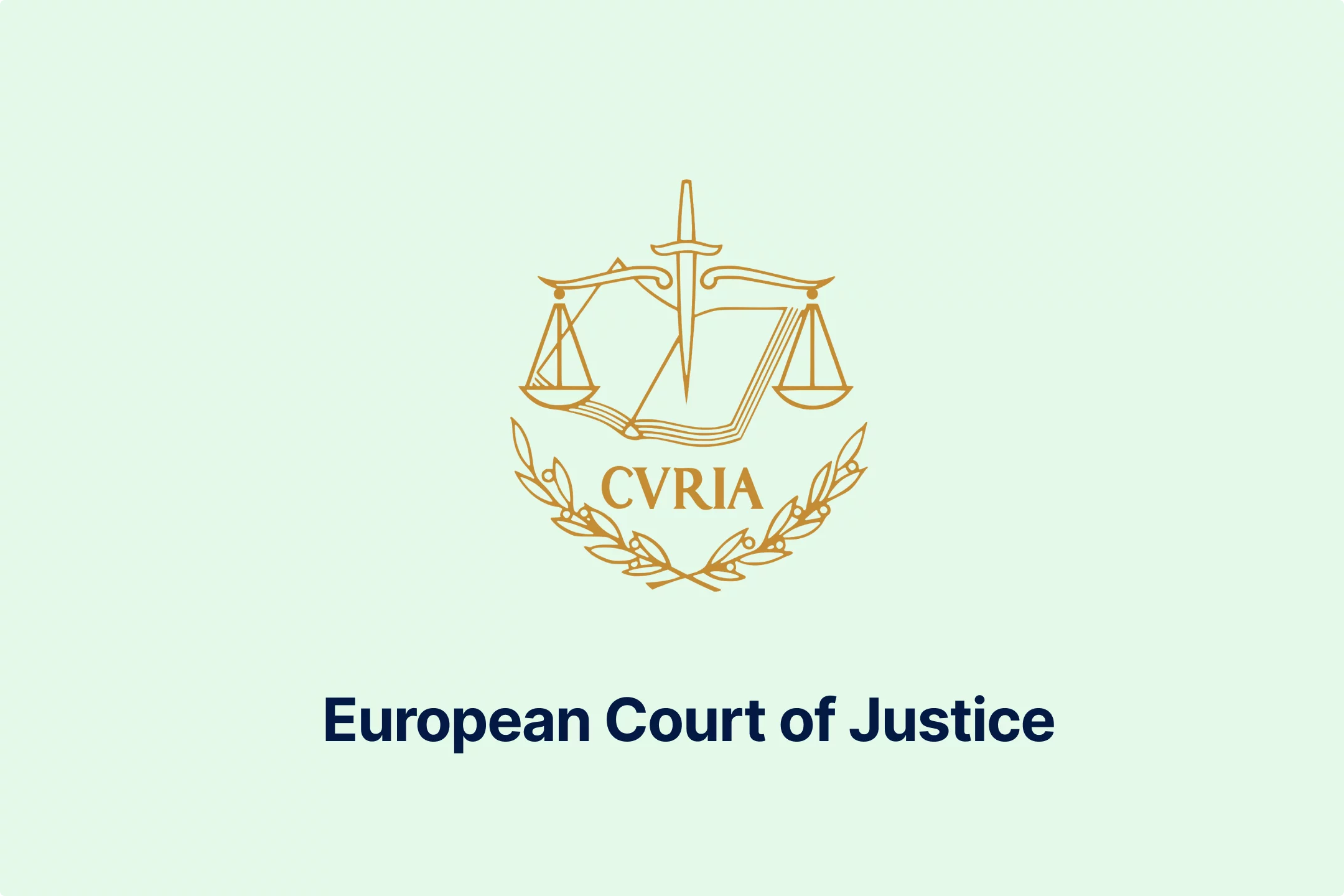


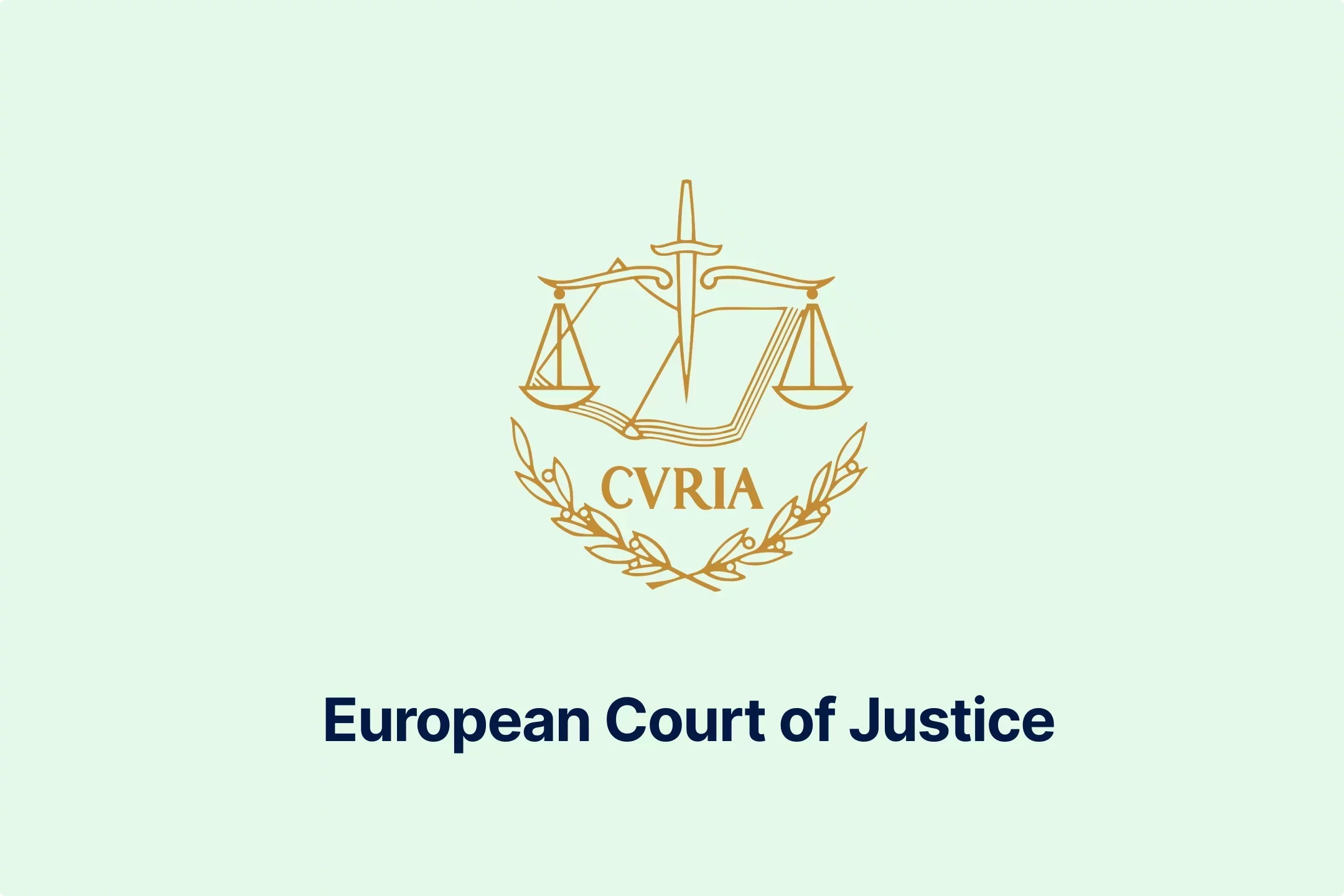




-iyyeiabtaf.webp)
-c8rbjkcs01.webp)
-nilkffjhah.webp)

-hikakq55ae.webp)

-z1d60bldtg.webp)
-d1a0q6n7mp.webp)
-viip8nvoeh.webp)
-bvv1otliox.webp)



-de8hdb1bn3.webp)
-7xsxxoypnx.webp)

-cm0opezg73.webp)
-0tovsdupmi.webp)
-subxdamdj6.webp)


-gly6ablwnh.webp)
-gkduqhwbzh.webp)
-qpe1ld9vcj.webp)
-8noukwsmba.webp)
-aka29tuhkt.webp)


-fisvs27yrp.webp)


-mp0jakanyb.webp)

-aivzsuryuq.webp)



-o7f4ogsy06.webp)

-zjja92wdje.webp)
-hrbhdts8ry.webp)
-qtdkwpgkug.webp)


-cf8ccgah0p.webp)
-0em3cif5s6.webp)





-ptzesl0kij.webp)

-tfzv42pyms.webp)






-uodv7sfbih.webp)
-bbrdfmm9qf.webp)



-m2tl8crfqr.webp)




-1awbqjgpjs.webp)
-avbjsn1k1g.webp)


-0h8ohkx6s0.webp)



-wfmqhtc7i6.webp)
-7wljbof2zo.webp)

-eqt97uyekl.webp)
-wzw9mcf563.webp)

-z4oxr6i0zd.webp)




-l0zcrrzvhb.webp)
-fhtic1pwml.webp)

-iipdguuz9p.webp)
-nkhhwrnggm.webp)
-pltqwerr3w.webp)

-nn6mtfbneq.webp)

-tmnklelfku.webp)



-8z1msbdibu.webp)
-7g16lgggrv.webp)



-lxcwgtzitc.webp)
-9mc55kqwtx.webp)


-xla7j3cxwz.webp)
-jrdryw2eil.webp)






-t9qr49xs2u.webp)


-qjopq5jplv.webp)



-vune1zdqex.webp)

-qsozqjwle2.webp)
-rgjta7iwiv.webp)

-zb6bxxws47.webp)
-lyfjzw4okp.webp)

-ogpfmol5m1.png)


-czisebympl.png)

-zetvivc79v.png)
-ud7ylvkade.png)
-qizq6w2v5z.png)







-ihr6b4mpo1.webp)
-k1j4au0ph6.webp)
-swxxcatugi.webp)


-ig9tutqopw.webp)

-tauoa6ziym.webp)

-spr0wydvvg.webp)

-xfuognajem.webp)





-u2nv5luoqc.webp)








-opuxpan2iu.webp)




-kwttsfd8ow.webp)
-8u14qi10nj.webp)

-wjpr96aq5g.webp)

.png)

.png)


.png)


.png)



.png)
.png)
.png)
.png)
.png)

.png)
.png)




.png)
.png)



































































































































